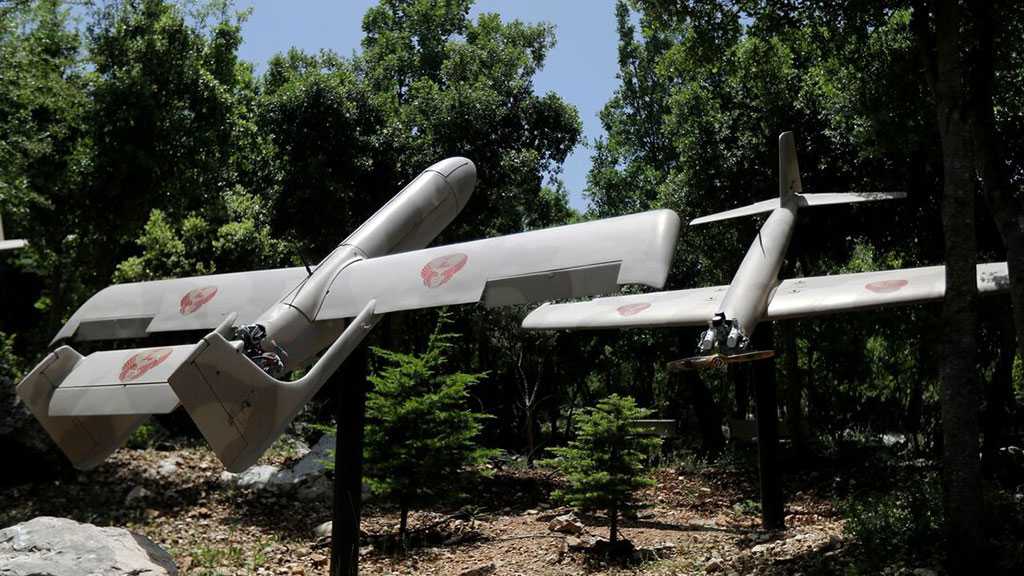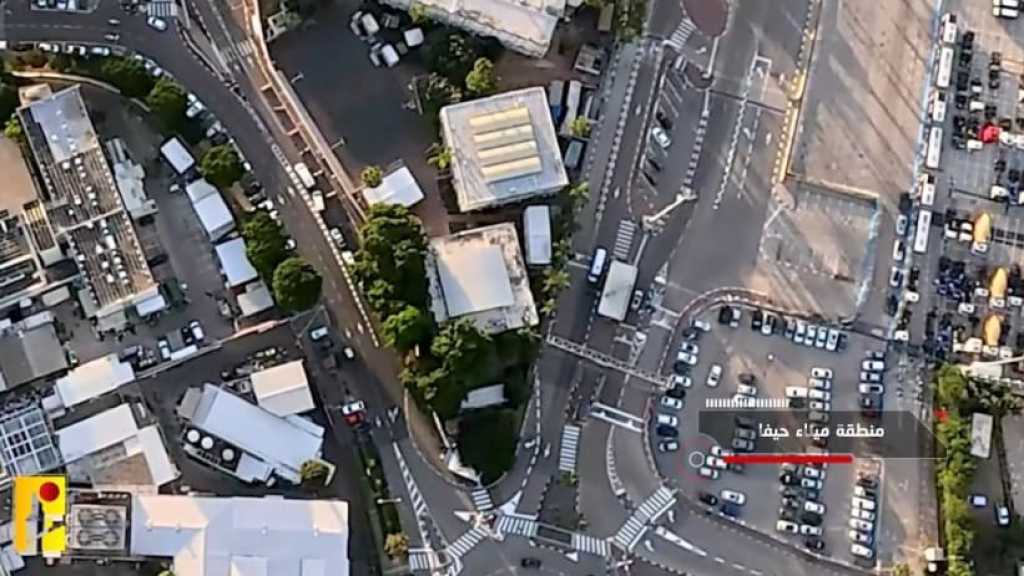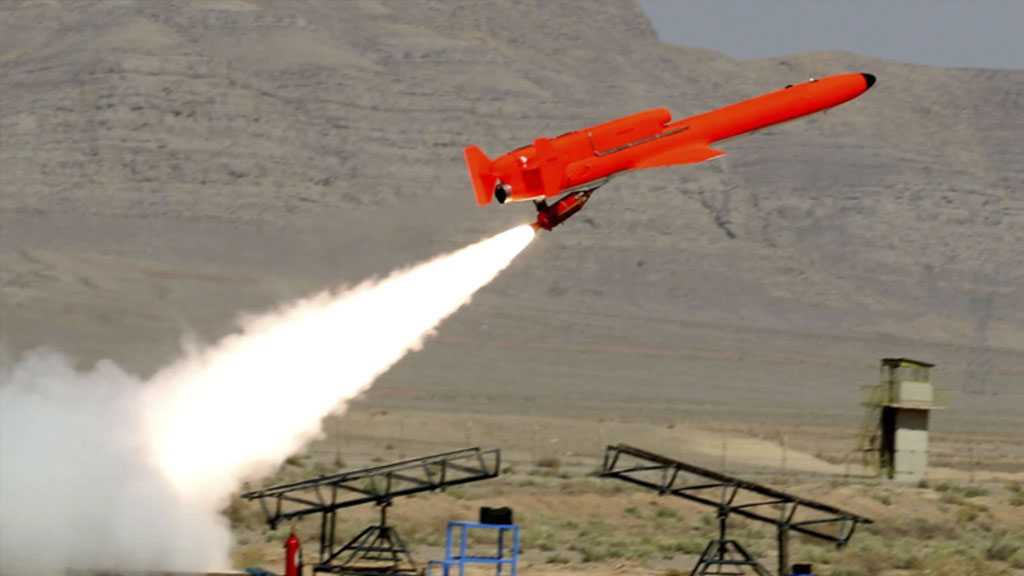
How Did ’Hassan’ Evade Advanced Radars Along the Border?

Translated by Al-Ahed News
Khadija Shokor | Al-Akhbar Newspaper
Throughout the many years of confrontation with “Israeli” occupation forces in the south of Lebanon prior to 2000, “Israel” was constantly keeping track of the evolution of the combat capabilities of resistance groups and their various tactics and methods of action.
In 2004, the “Israelis” found themselves facing a different kind of challenge after the resistance announced that its drone, Mersad 1, had flown in the skies over northern Palestine. That is when Tel Aviv realized that it had to start preparing to confront the aerial capabilities of the resistance. Since then, “Israel” has been working to secure its airspace. It has exerted enormous efforts to that end – deploying advanced radars along the northern border from Ras Al-Naqoura to the occupied Golan. It’s working to develop the Iron Dome system and trying to launch various strikes – the most prominent of which was the 2013 assassination of the founder of the resistance’s drones program martyr Hassan Lakkis.
But despite “Israeli” efforts to secure their airspace – even the leaders of the “Israeli” army thought that they did all that needed to be done in this field – the resistance managed, last Friday, in less than an hour, to penetrate the protective layers that the “Israeli” army developed over a period of 18 years. The resistance’s tactical drone mission, with an aerial vehicle dubbed Hassan, succeeded in this task.
Well-informed sources in the resistance explained to Al-Akhbar the details of what happened. It all stated "at 11:40, the drone, Hassan, took off from southern Lebanon," and despite all the means of early warning and monitoring, "the enemy was not able to detect the drone until 12:10 after it crossed about 30 km in Palestinian airspace and arrived at the Rosh Pina area, near the city of Safed.”
As soon as a “foreign body in airspace” was discovered, sirens sounded, and attempts to identify the object began. It turned out to be a “fully discrete” drone – with “wings, a head, and a tail,” as one of the resistance officers put it.
The Iron Dome platform immediately fired a Tamir missile at the drone, but it missed its target. The Northern Command scrambled an F16 jet to accomplish the mission, but the aircraft was too fast to block the slow drone. The F16 even passed by it without being able to intercept it. After the failure of the Iron Dome and the warplane to down the drone, “the enemy sent helicopters to the north of Lake Tiberias to ambush it – the enemy believed this would be the route of the drone’s return. Apache helicopters were able to locate the drone over the lake and fired a number of missiles at it. The drone disappeared from radar, and the enemy thought that its helicopters had managed to shoot it down. It sent its teams to search for the wreckage of the drone for about two hours, before discovering that it was able to return to its base safely, after completing its scheduled flight within 40 minutes, and it flew about 70 km in Palestinian airspace.”
The enemy's failure to bring down the drone exposes a major shortfall on the part of its security, military, and technical services to secure an umbrella of protection for the entire region. But the failure does not end there. Rather, there are several takeaways from the latest achievement, the most prominent of which is the resistance’s ability to penetrate multiple systems, phases, and layers, which are tasked with protecting “Israeli” airspace, with advanced cameras and radars. These systems failed to detect the drone before it entered Palestinian airspace.
A senior resistance officer confirms that the Hassan drone was able to “penetrate high-frequency sensor systems with precise receivers, such as the ADS monitoring system.”
It overpowered the signal detection systems [SIGNIT] and the radar and detection system [ULTRA C1], which is the largest radar developed by the enemy, installed on the top of Mount Hermon. Its main task is to hunt missiles and drones.
The drone also managed to bypass the Iron Dome's MMR radar system. Furthermore, it bypassed the latest and most advanced of these systems, the Sky Dew, which the enemy deployed east of Nazareth, months ago, to capture drones flying at a low altitude.
To put it simply, the illusion of the invincibility of “Israeli” air defenses, which is composed of several layers, collapsed. This constitutes a major breakthrough in the “security” of Palestinian airspace in general and the airspace of the northern Galilee region in particular.
Likewise, the ability of the “Israeli” command to operate under pressure was greatly shaken, as demonstrated by the army's performance during the event, in addition to "the exposure of maneuvers and exercises." Most important of all, according to resistance sources, is “the collapse of the security umbrella that used to shade the mobilization of the ‘Israeli’ army and its positions throughout the north.”
What happened on Friday was that one drone, no bigger than three meters in width, plunged the “Israelis” into a great whirlpool and complete confusion in northern Palestine. What would happen if a squadron of dozens of these drones was launched? What if Hassan made another flyover and was not satisfied with the weapon of the lens, but rather used other weapons to plunge the artificial entity of “Israel” into its worst nightmare?
Comments



